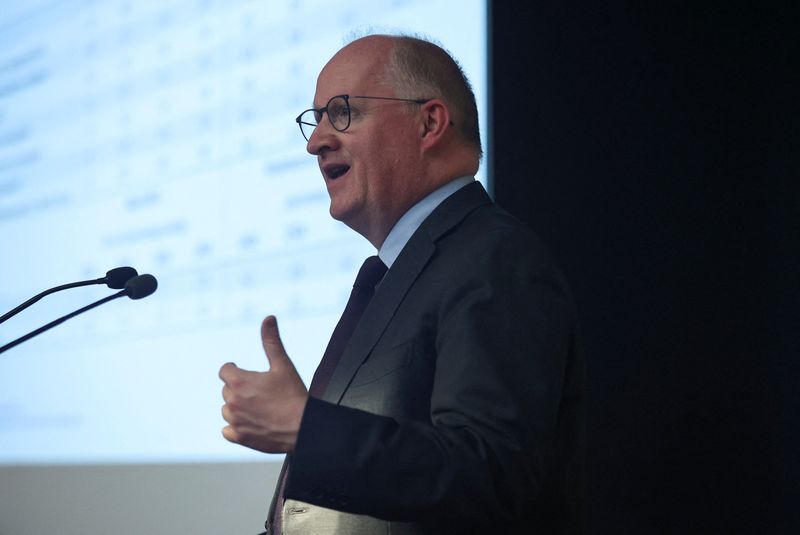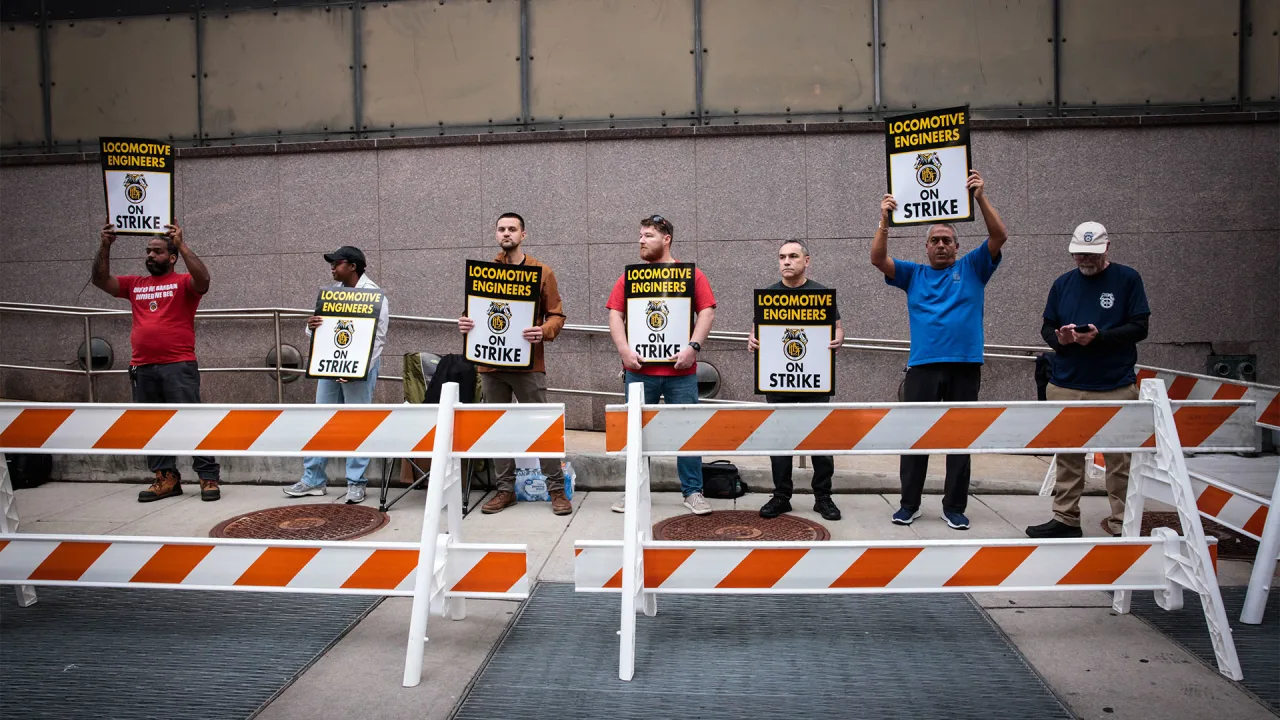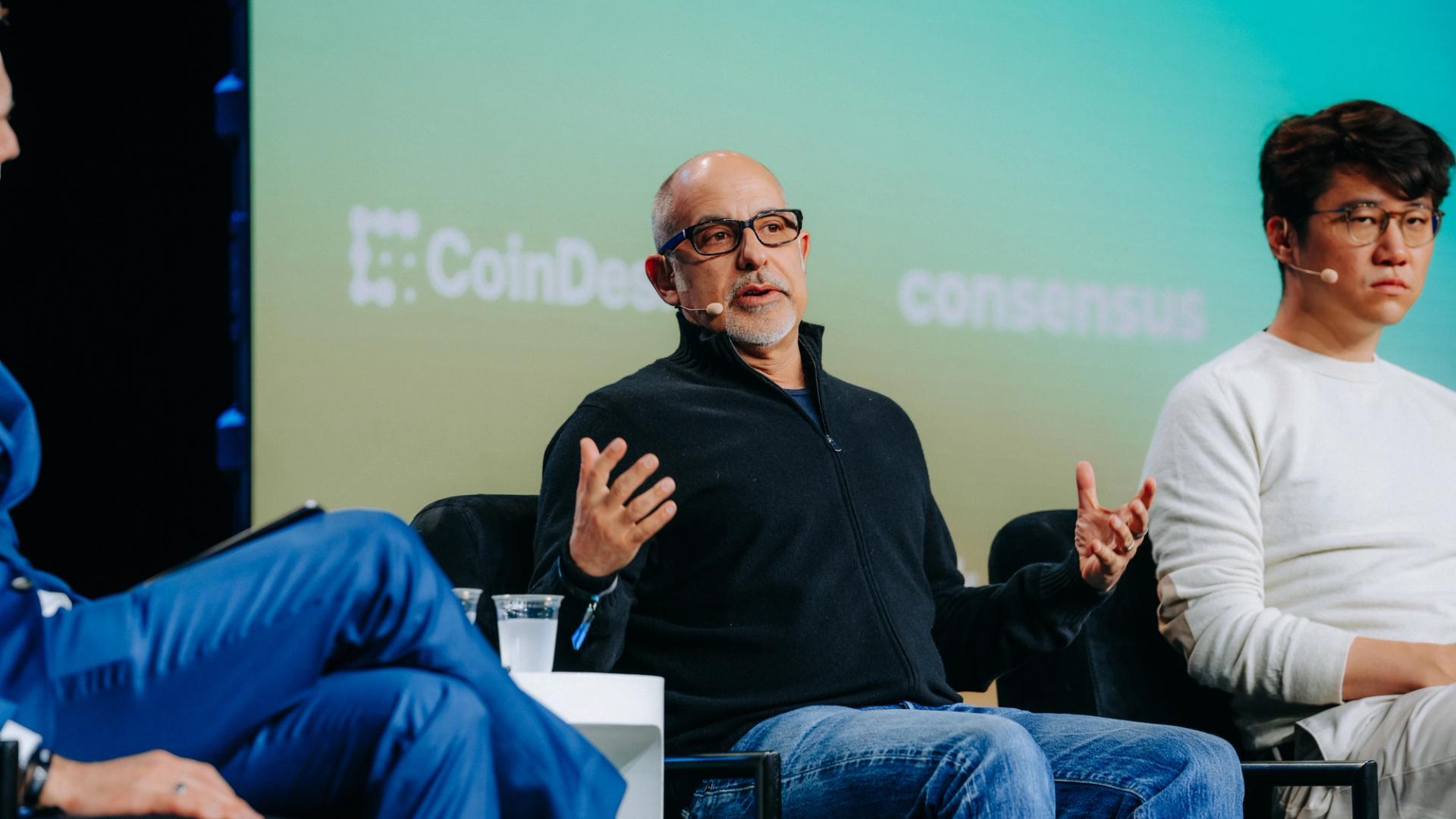5 energy-boosting ways to overcome your leadership fatigue
Leaders today are stretched to the breaking point. Many managers enter their roles wanting to coach and care for their teams. But in today’s workplace, that vision is colliding with a lengthening list of competing pressures: performance metrics, shifting workplace norms, and the unrelenting emotional labor of guiding teams through crisis after crisis. As one manager told me, “I want to be an empathetic leader and support my team, but we still have to make the numbers. Mostly, I just stay later myself.” Another admitted, “Last year I ended up in the hospital.” Newly released workplace data from Gallup reflects this worrying reality. In 2024, global engagement declined for just the second time in the past 12 years. It fell in 2020, as the pandemic swept across the globe, and it fell again last year. Importantly, Gallup reports, the drop in engagement was not due to worker engagement levels. It was entirely due to declining engagement levels among managers. The rise and fall of manager engagement So why are managers feeling less engaged on the job? Gallup cites workplace disruption over the past five years due to the pandemic, a hiring boom and bust, workplace restructurings, supply chain challenges, and changing expectations around technology and flexible work. The political and social upheaval of recent years has likely also taken a toll, particularly as managers are often tasked to pull teams together through fractious times. In a 2024 survey by mental healthcare provider Headspace, 98% of employees reported that global events affect their mental health at work. According to a recent report by mental health benefits broker Lyra, 85% of human resources leaders agree that managers are “an integral part of our workplace mental health strategy.” Unfortunately, just 39% also agree that they provide those managers with resources to support mental well-being at work. The disproportionate stress that managers face, the report adds, is “due to high expectations for supporting workforce mental health paired with limited resources.” We can observe demographic differences in who is the most impacted, too. Notably, Gallup found the steepest declines in engagement among managers under 35 (down 5%) and female managers (down 7%). In my experience, these are also the managers most likely to absorb emotional labor—taking on additional responsibility for their team’s mental health while struggling to set boundaries for themselves. It’s a recipe for leadership fatigue. How managers can overcome leadership exhaustion So where does that leave today’s leaders, especially those torn between showing up for their teams and preserving their own capacity? The answer isn’t to dial down your empathy: It’s to practice that empathy in ways that are sustainable. That means setting boundaries, protecting your own energy, and modeling healthy leadership. Here are a few ways to start. Stop fixing and start coaching. It’s natural to want to help when a team member brings a problem to you, but jumping in with solutions can create dependency and drain your reserves. Instead, respond with curiosity: “What have you tried so far?” or “What do you think would help?” This approach empowers your team to develop resilience and creative thinking while also preserving your bandwidth. They may even come up with some great solutions that hadn’t occurred to you. Structure routines to preserve your own energy. There’s no rule that says good leaders need an open-door policy or a standing Monday meeting. If your current routines are depleting you, change them. Could you cluster one-on-ones into two days a week? Shift updates to asynchronous channels like email or Slack? Your energy is a finite resource—structure your week to protect it. Interrogate urgency. There are some emergencies, but not everything is an emergency. Preserve your energy for when you really need it. Start asking, “Does this need to happen now?” and “What’s the worst that happens if this waits?” Helping your team (and yourself) reset expectations around urgency can relieve pressure and improve decision-making. Pursue your own goals. Your identity is not just “the person holding everything together.” Leaders need renewal, too. Whether it’s training for a marathon, learning to play the piano, or pursuing a professional certification, make sure you have something on the horizon that’s just for you. These personal goals restore energy and remind you that your needs matter, too. Delegate and celebrate others’ strengths. Delegation isn’t just efficient—it builds trust and engagement. Maybe you’re not great at spreadsheets, or memo-writing, or icebreakers. Somebody on your team probably is. Hand over those responsibilities and praise mightily their superior expertise in the areas you despise, both to them and in front of others, so they’re recognized for that work. Identifying where others excel and delegating effectively can alleviate pressure and a

Leaders today are stretched to the breaking point. Many managers enter their roles wanting to coach and care for their teams. But in today’s workplace, that vision is colliding with a lengthening list of competing pressures: performance metrics, shifting workplace norms, and the unrelenting emotional labor of guiding teams through crisis after crisis.
As one manager told me, “I want to be an empathetic leader and support my team, but we still have to make the numbers. Mostly, I just stay later myself.” Another admitted, “Last year I ended up in the hospital.”
Newly released workplace data from Gallup reflects this worrying reality. In 2024, global engagement declined for just the second time in the past 12 years. It fell in 2020, as the pandemic swept across the globe, and it fell again last year. Importantly, Gallup reports, the drop in engagement was not due to worker engagement levels. It was entirely due to declining engagement levels among managers.
The rise and fall of manager engagement
So why are managers feeling less engaged on the job? Gallup cites workplace disruption over the past five years due to the pandemic, a hiring boom and bust, workplace restructurings, supply chain challenges, and changing expectations around technology and flexible work.
The political and social upheaval of recent years has likely also taken a toll, particularly as managers are often tasked to pull teams together through fractious times.
In a 2024 survey by mental healthcare provider Headspace, 98% of employees reported that global events affect their mental health at work. According to a recent report by mental health benefits broker Lyra, 85% of human resources leaders agree that managers are “an integral part of our workplace mental health strategy.” Unfortunately, just 39% also agree that they provide those managers with resources to support mental well-being at work. The disproportionate stress that managers face, the report adds, is “due to high expectations for supporting workforce mental health paired with limited resources.”
We can observe demographic differences in who is the most impacted, too. Notably, Gallup found the steepest declines in engagement among managers under 35 (down 5%) and female managers (down 7%). In my experience, these are also the managers most likely to absorb emotional labor—taking on additional responsibility for their team’s mental health while struggling to set boundaries for themselves. It’s a recipe for leadership fatigue.
How managers can overcome leadership exhaustion
So where does that leave today’s leaders, especially those torn between showing up for their teams and preserving their own capacity? The answer isn’t to dial down your empathy: It’s to practice that empathy in ways that are sustainable. That means setting boundaries, protecting your own energy, and modeling healthy leadership. Here are a few ways to start.
- Stop fixing and start coaching. It’s natural to want to help when a team member brings a problem to you, but jumping in with solutions can create dependency and drain your reserves. Instead, respond with curiosity: “What have you tried so far?” or “What do you think would help?” This approach empowers your team to develop resilience and creative thinking while also preserving your bandwidth. They may even come up with some great solutions that hadn’t occurred to you.
- Structure routines to preserve your own energy. There’s no rule that says good leaders need an open-door policy or a standing Monday meeting. If your current routines are depleting you, change them. Could you cluster one-on-ones into two days a week? Shift updates to asynchronous channels like email or Slack? Your energy is a finite resource—structure your week to protect it.
- Interrogate urgency. There are some emergencies, but not everything is an emergency. Preserve your energy for when you really need it. Start asking, “Does this need to happen now?” and “What’s the worst that happens if this waits?” Helping your team (and yourself) reset expectations around urgency can relieve pressure and improve decision-making.
- Pursue your own goals. Your identity is not just “the person holding everything together.” Leaders need renewal, too. Whether it’s training for a marathon, learning to play the piano, or pursuing a professional certification, make sure you have something on the horizon that’s just for you. These personal goals restore energy and remind you that your needs matter, too.
- Delegate and celebrate others’ strengths. Delegation isn’t just efficient—it builds trust and engagement. Maybe you’re not great at spreadsheets, or memo-writing, or icebreakers. Somebody on your team probably is. Hand over those responsibilities and praise mightily their superior expertise in the areas you despise, both to them and in front of others, so they’re recognized for that work. Identifying where others excel and delegating effectively can alleviate pressure and allow others to shine.
Leading with presence and compassion isn’t easy, but it shouldn’t be unsustainable. Empathy isn’t a blank check on your energy or availability. By setting healthy boundaries, modeling sustainable practices, and protecting your own well-being, you can lead with strength and compassion over the long term.
Start with one small shift—say no to a nonessential meeting, delegate one lingering task, or block an hour for something that restores you. Your team doesn’t just need you to care. They need you to last.






















































![[Weekly funding roundup May 10-16] Large deals remain a no-show](https://images.yourstory.com/cs/2/220356402d6d11e9aa979329348d4c3e/Weekly-funding-1741961216560.jpg)







































































































































